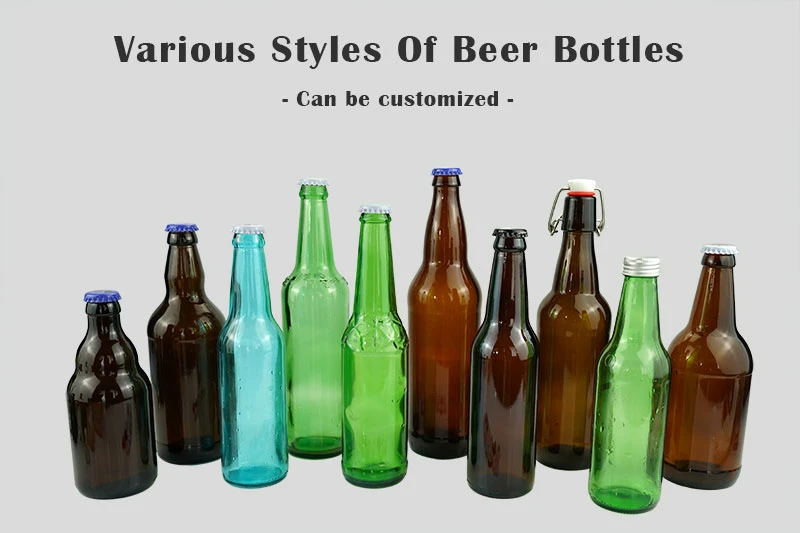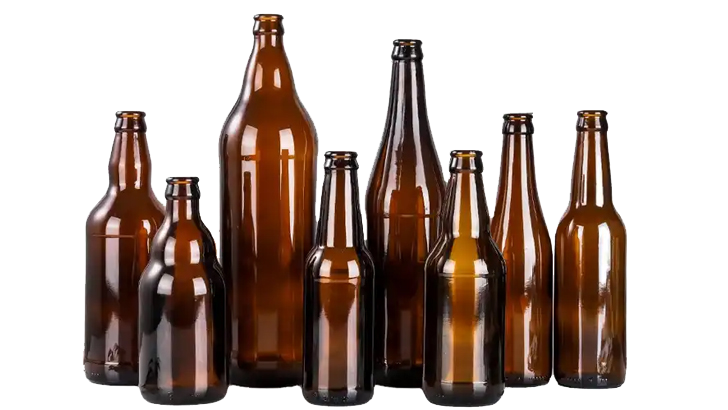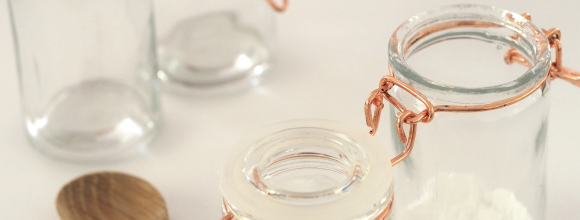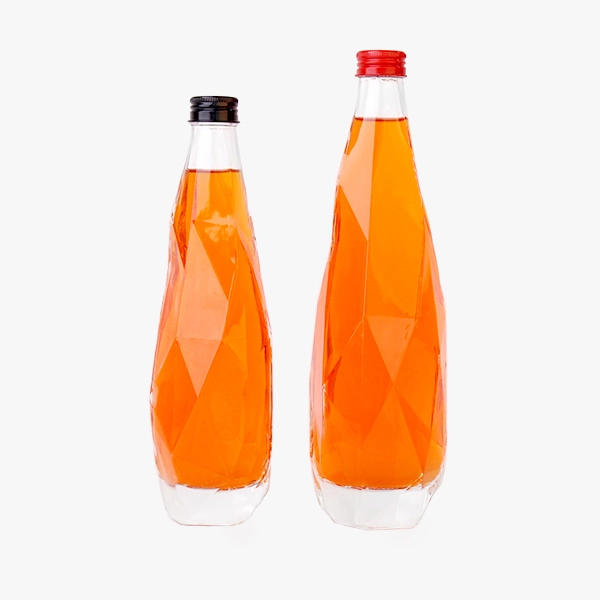Beer Bottle Buying Guide
Beer bottles are containers for one of the world’s most popular beverages. Originally made from clay or wood, modern beer bottles are mainly made from glass or plastic and are designed to keep the beer fresh and flavorful. This guide will introduce you to the key factors to consider when choosing a beer bottle.
How to Choose the Beer Bottle?
Choosing the right beer bottle involves considering these aspects based on the branding, target market, and production capabilities to ensure the packaging enhances the overall product experience.
- From Beer Bottle Price
Beer bottles are categorized into three price ranges based on their quality and design. Economy bottles, priced between $0.10 and $0.25, are made with basic, thinner glass suitable for mass production. Mid-range bottles cost between $0.26 and $0.50 and feature thicker glass with some aesthetic improvements. Premium bottles, which are priced from $0.51 to over $1.00, are crafted from high-quality glass and often include unique designs or decorative elements, making them ideal for craft or specialty beers.
- From Beer Bottle Size
The size of beer bottles varies to accommodate different needs. Standard sizes range from 330ml to 500ml, which are typical for individual servings. Large formats include sizes like 650ml or 750ml, which are often used for specialty beers or shared servings. Small formats, which are less than 330ml, are perfect for high-alcohol content beers or taste testing.
- From Beer Bottle Color
The color of a beer bottle can affect its utility and appeal. Amber is the most popular color due to its excellent protection against UV light, which helps preserve the quality of the beer. Green bottles are less protective but are traditionally used for specific beer types like pilsners. Clear bottles do not protect against light, prioritizing the visual appeal of the beer instead. Blue, red, and other colors are less commonly used but serve to differentiate special editions or brands.

- From Beer Bottle Shape
The shape of beer bottles can range from the standard cylindrical, which is the most common and cost-effective option, to more distinctive styles. The long-neck bottle is favored for its classic look and traditional appeal. Stubby bottles are short and wide, offering a unique appearance and enhanced durability. Custom shapes are also available, which help brands stand out but are generally more expensive to produce.
- From Beer Bottle Closure
Different closures are used to seal beer bottles, each offering unique benefits. Crown caps are the most common and economical choice, available in various colors and designs. Screw caps provide the convenience of resealing, which is particularly useful for larger bottles that may not be consumed in one sitting. Cork and cage closures are typically used for high-end or specialty beers, adding a premium feel to the packaging. Swing tops are another option, known for their reusability and effective sealing.

Beer Bottle Types
There are different types of beer bottles, which are mainly categorized based on their shape, material, and closure. Below is a brief description of some of the common types of beer bottles and their features, prices, and materials:
- Longneck Bottle
The long neck is the quintessential beer bottle, characterized by its elongated neck that facilitates easy gripping and pouring. Due to its widespread use and mass production, this type is generally less expensive. Constructed predominantly from glass, longneck bottles are not only economical but also recyclable, making them a sustainable choice for everyday beer consumption.
- Stubby Bottle
The stubby bottle offers a compact and broad design, setting it apart from the more slender long neck. Its shorter and wider structure allows for efficient stacking and storage, utilizing space more effectively. Although similar in price to the longneck, stubby bottles can sometimes be slightly more expensive, particularly in regions where they are less common. These are usually made from glass, with some varieties available in plastic.
- Bomber Bottle
Bomber bottles, typically holding 22 ounces, are ideal for sharing or for special edition brews. They are often priced higher than standard beer bottles, reflecting their use for specialty or limited-release beers. Like most beer bottles, bombers are made primarily of glass, emphasizing their premium status and suitability for unique or high-quality brews.
- Growler
Growlers are large-capacity bottles, typically holding around a half gallon, designed for transporting fresh beer from breweries or bars. Their higher initial price is offset by their reusability, providing considerable value over time. Most growlers are made from glass or stainless steel, materials chosen for their ability to preserve the freshness and quality of beer.
- Swing top Bottle
Swing top bottles are distinguished by their reusable closures that provide excellent sealing, making them suitable for the long-term preservation of beer. The specialized design of the swing-top closure contributes to a higher price point compared to standard beer bottles. Typically made of glass, these bottles are favored for their durability and the ability to maintain the quality of the contents over extended periods.

Factors to Keep in Mind When Choosing
When choosing a beer bottle, there are several factors to consider to ensure the best fit for your individual needs. Here are some of the main points to consider:
- Material: Beer bottles are usually made of glass and plastic. Glass bottles are more traditional and can effectively prevent oxygen and light from affecting the quality of the beer, but they are heavier and fragile. Plastic bottles are lightweight and less likely to break, but may not be as effective as glass at retaining the flavor of your beer.
- Color: Common colors of beer bottles are transparent, brown, and green. Brown bottles best prevent light from affecting the taste of beer and are the most commonly used color. Although transparent bottles and green bottles look attractive, they have weak protection against light.
- Size and Shape: Beer bottle sizes typically range from small bottles (such as 330 ml) to large bottles (such as 750 ml or larger). Which size you choose should be determined by usage and personal preference. Additionally, different bottle shapes (such as flasks or steins) may also affect the way the bottle feels to hold and ease of pouring.
- Bottle Cap Types: Common bottle cap types include screw caps and flip caps (also known as shake caps). Screw caps are easy to open and provide a good seal, while flip caps are reusable for those situations where you may need to open and close multiple times.
- Recycling and Environmental Protection: Choosing bottles made from recyclable materials, or bottles that are easily recycled locally, can reduce your environmental impact.
- Brand and Price: The price of beer bottles can vary significantly between brands. Choose based on your budget and brand preference.
Considering an individual’s specific needs and budget before choosing can help make the most appropriate choice. If it’s for brewing homebrew or collecting special beers, choose a high-quality growler.
















